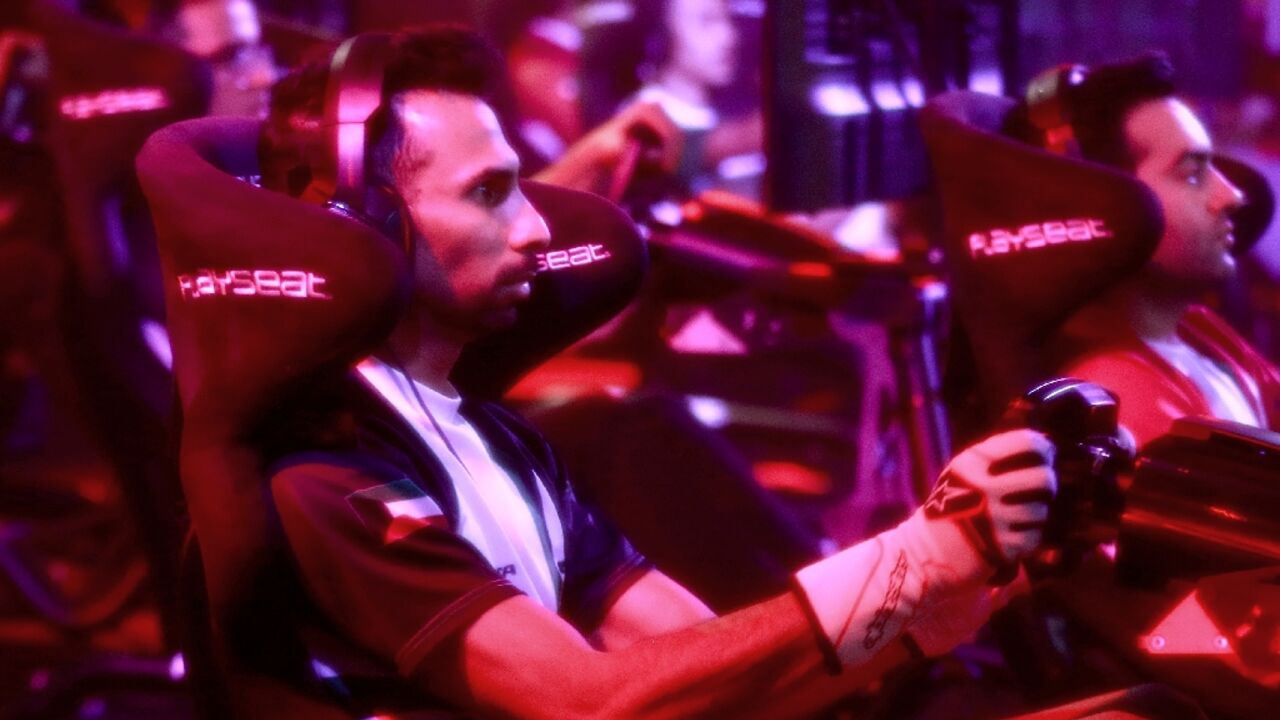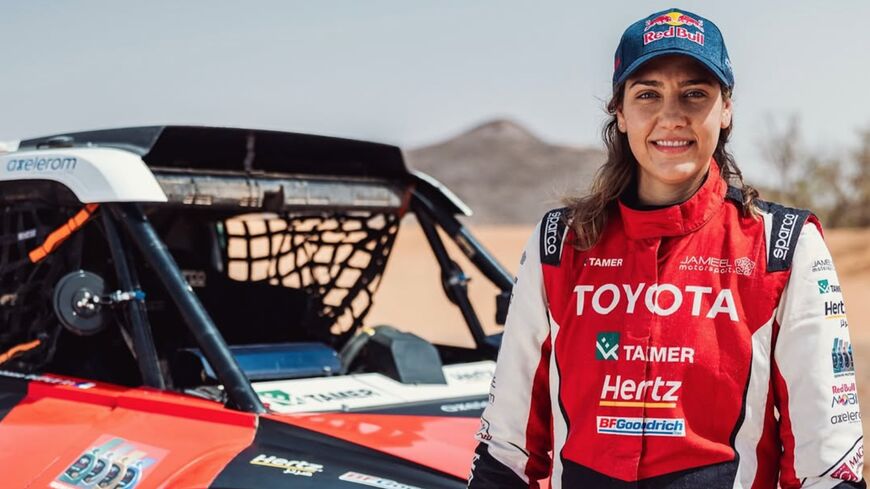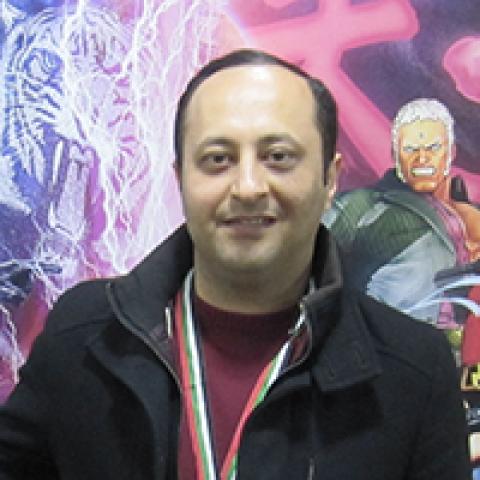Mideast petrolheads hope eSports takes them to the track

Virtual cars whizz by with engines roaring, as 26 drivers vie for the top spot at an online tournament in Jordan -- many dreaming one day of transitioning to real racers.
Professional racing requires not only talent, but also support from well-established teams and sponsors who can help cover the hefty costs that go into acquiring and maintaining race cars.
Young people in the Middle East and elsewhere with a passion for the sport have instead been opting for a far more affordable and accessible alternative followed by millions of fans -- eSports.
The dimly lit event hall in Jordan's capital was buzzing with excitement this weekend, as the racers at the Toyota Gazoo Middle East and North Africa eSports Cup assumed positions behind simulators, representing 13 countries across the region.
"It's a great experience," said the youngest competitor, 16-year-old Khaled Dashti of Kuwait, encouraging others "to give this kind of racing a try".
Dashti said he would love to swap computer games for the driving wheel.
"My dream is to go into GT racing," he said. "As these games evolve, there will be more opportunities", he added.
- 'Sport of the future' -
One racer who has made the transition is Japan's Yusuke Tomibayashi, a former eSports champion who now competes at Super GT300 races.
At the race in Amman, he said he was "amazed" to see how quickly virtual racing was taking hold in the Middle East.
There as part of a marketing push to illustrate the link between the virtual and real-life sport, he played against Lebanon's Karl Etyemezian -- and lost.
Since the 1980s, virtual simulators have given players the chance to feel the rush of driving a race car.
Today, Tomibayashi said the starkest difference is that virtual racing cannot convey how gravity affects real-life drivers as they take the track corners.
Accidents happen and teams must stop to change tires and refuel like the real thing -- save for risks and the smell of fuel and burning rubber.
"It's not only the drivers who get an adrenaline rush, but also the crowd," said Fawaz Dahdal, 28, watching the tournament for the second year in a row.
"It is no longer just a game," he said. "It's the sport of the future."
The races were projected live on a big screen, accompanied by live commentary and shouts of support from a crowd of some 500 fans -- with many more watching from home.
"eGames take up a lot of my children's time," said Rana Alyan, who took her son Bakr, 11, to watch the tournament. "But they only practise after they finish their homework."
- Millions watching -
The racers in Amman were playing "Gran Turismo", endorsed since 2018 and sponsored by the International Automobile Federation (FIA).
Nadim Haddad, head of Jordan Motorsport's eSports department and a member of the FIA eSports Commission, said that Covid lockdowns "contributed to the spread of digital games."
After a national championship organised in 2020, players moved on to a regional cup, he explained.
The first Middle Eastern cup last year drew around 13.8 million viewers online, about 70 percent aged between 18-34, according to figures shared by digital strategy firm APEX.
Over a million people watched the cup from the United Arab Emirates alone.
Applause rang through the hall in Amman as Oman's Mohammed al-Barwani, 34, was declared the winner of this year's tournament on Saturday, qualifying him for the world grand finals.
"I wasn't expecting this victory," Barwani said.
While some of his rivals had accidents, he also attributed his success to a strategy of conserving fuel and tyres.
"We didn't make any mistakes," he said.
Barwani said his goal now is to get into drifting -- a motorsport which involves deliberately oversteering the car to slip, skid and spin.
"I started my journey on simulators," he said. "If I get a change in real-life races, I won't miss it."













